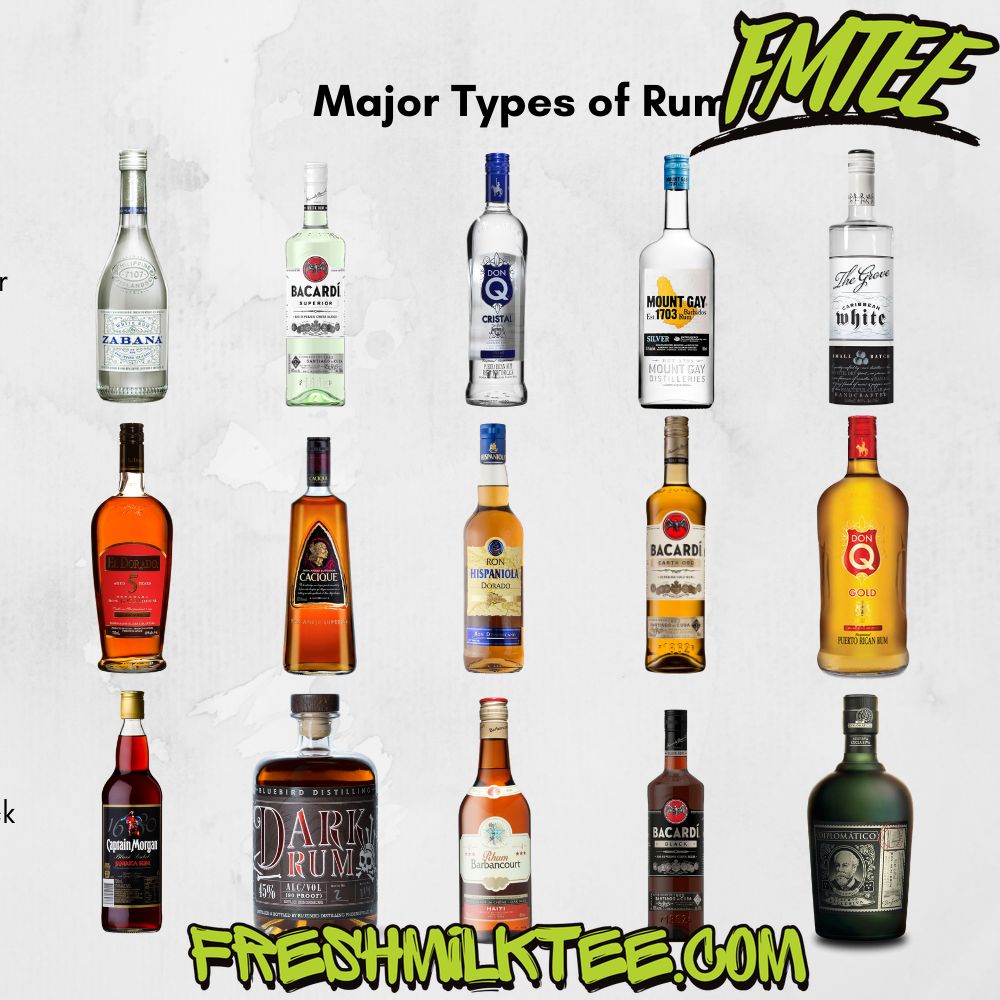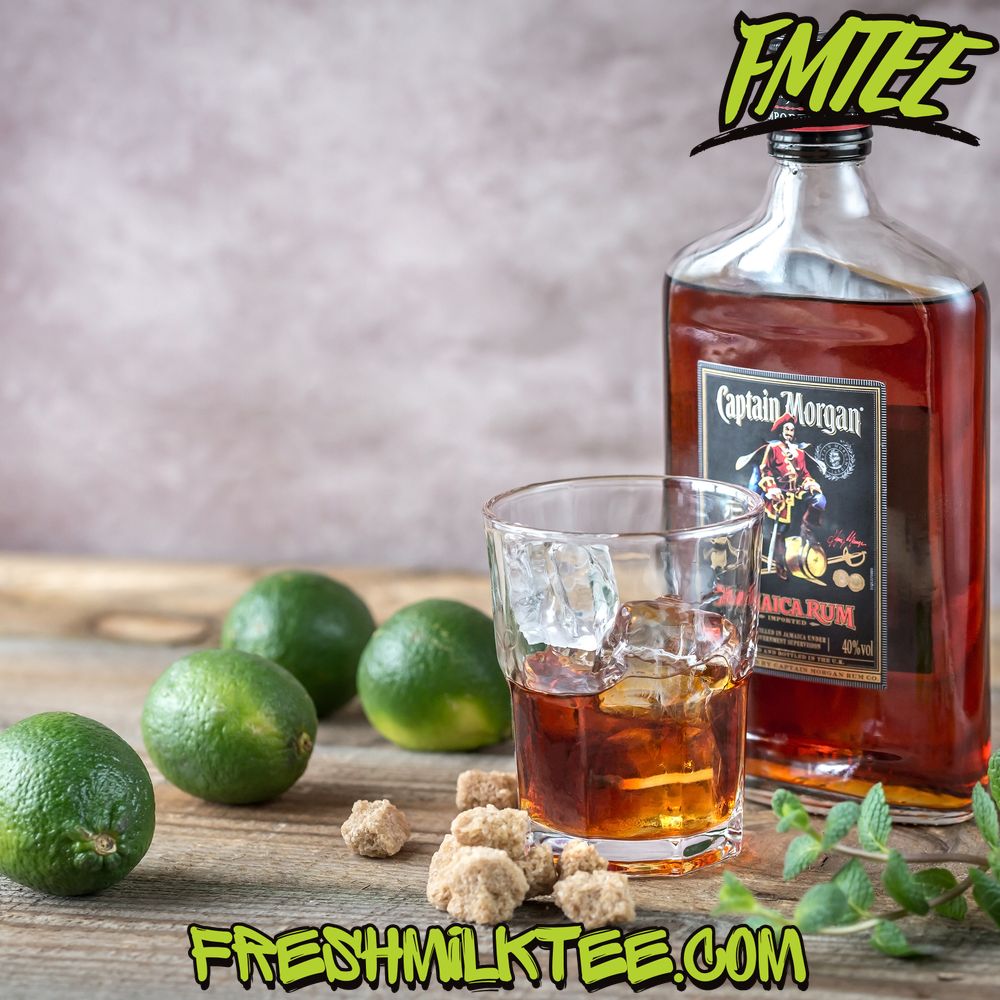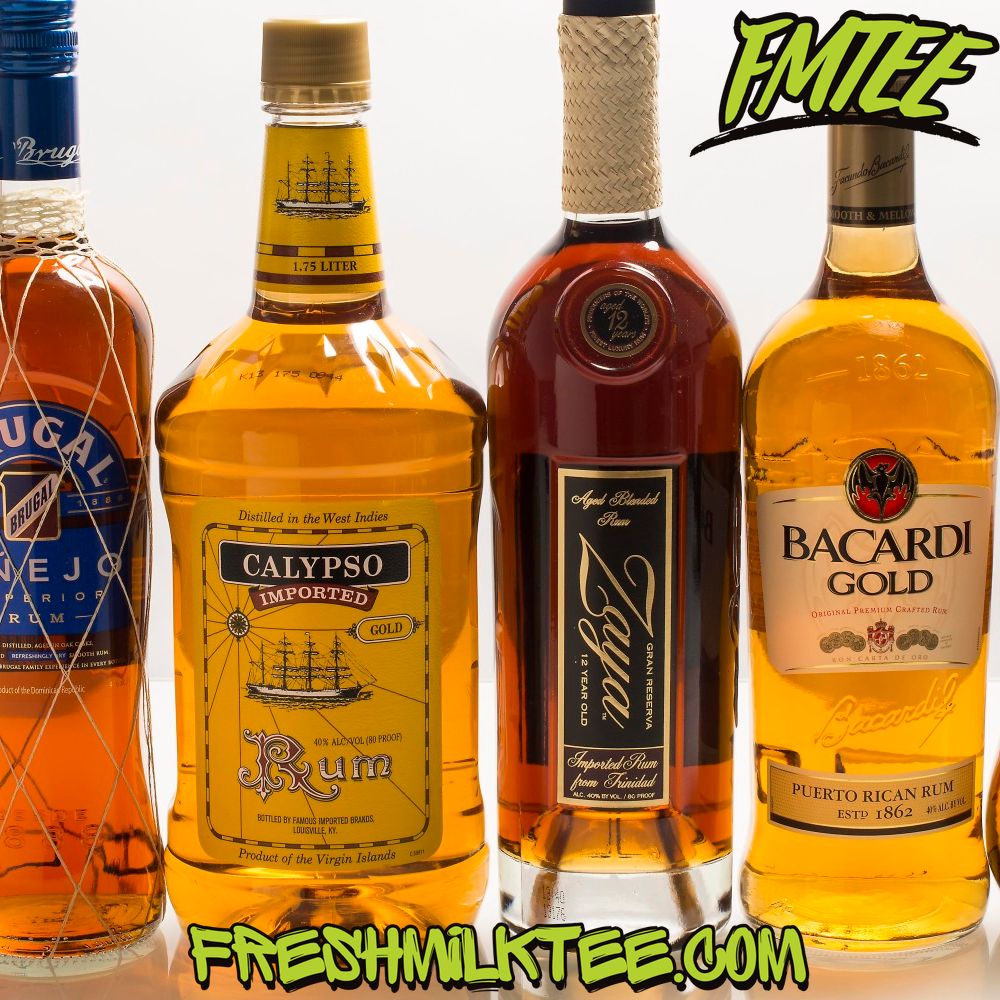Blog
What Is Rum Made From?
What Is Rum Made From?
Introduction
Rum is one of the most popular alcoholic beverages around the world, with a rich history and diverse production methods. It has evolved from being a staple in tropical regions to becoming a global favorite, enjoyed in cocktails, on the rocks, and straight. But what exactly is rum made from? This question delves into the essential ingredients and production process of this beloved spirit. In this article, we’ll explore everything you need to know about the ingredients in rum, how it’s made, and what makes different types of rum unique.
Rum is primarily made from sugarcane, a tropical plant that provides the raw materials necessary for its production. Molasses, a byproduct of sugar production, is another crucial ingredient used in the making of rum. Additionally, water, yeast, and sometimes additional flavorings are used in varying quantities, depending on the style of rum being produced.
By the end of this article, you will understand the core ingredients in rum, how rum is made from these materials, and the differences between various types of rum. We’ll also touch upon global rum production methods and answer some frequently asked questions about rum production.
What Are the Main Ingredients in Rum?
Sugarcane and Molasses: The Primary Ingredients
The two primary ingredients in rum are sugarcane and molasses. Both are derived from the same plant but are used in different ways.
Sugarcane is the foundational ingredient in most rum production. The juice extracted from the sugarcane is fermented, and during the fermentation process, the natural sugars are converted into alcohol. Sugarcane rum is typically light and sweet, with a refreshing flavor profile.
On the other hand, molasses, a thick, dark syrup, is a byproduct of refining sugar from sugarcane. It contains more complex sugars, which result in a richer, more robust flavor. Molasses-based rum tends to be darker and fuller in flavor. The fermentation of molasses is more labor-intensive than sugarcane juice, but it results in a unique flavor profile that distinguishes dark and spiced rums.
Both of these ingredients—sugarcane and molasses—form the backbone of rum production and influence its final taste.
Other Common Ingredients in Rum Production
While sugarcane and molasses form the base, several other ingredients are used to enhance the rum-making process:
- Yeast: Yeast plays a crucial role in the fermentation process, converting the sugars from sugarcane or molasses into alcohol. The choice of yeast strains can influence the flavor profile of the rum, with some strains producing fruity or spicy notes.
- Water: Water is essential in the distillation process, where it helps separate the alcohol from other components. The quality of water used in rum production can significantly impact the final product.
These ingredients, combined with careful fermentation and distillation, result in the delicious, aromatic spirit we know as rum.

The Rum Production Process
Fermentation: How Sugar Becomes Alcohol
The first step in rum production is fermentation. During this process, the sugar from molasses or sugarcane juice is converted into alcohol. This is achieved by adding yeast to the sugar solution. The yeast consumes the sugars, producing ethanol (alcohol) and carbon dioxide.
The length of fermentation can vary depending on the type of rum being made. Long fermentation times often result in a more complex and richer flavor profile. Different strains of yeast are used to produce various flavors, such as fruity, spicy, or floral notes.
Once fermentation is complete, the liquid has turned into “wash,” which is a low-alcohol liquid ready for distillation.
Distillation: From Raw Ingredients to Spirit
Distillation is the next crucial step in the rum-making process. The fermented wash is heated, and the alcohol is separated from the water and other components through the distillation process. This is typically done using a pot still or a column still.
- Pot stills are traditional distillation devices used for producing small batches of rum. They tend to produce rum with a stronger, more intense flavor.
- Column stills are used for mass production, allowing for continuous distillation. They produce lighter, smoother rum, making them suitable for white rum production.
The distilled liquid, known as “new make spirit,” is then aged or bottled, depending on the type of rum being produced.
Types of Rum and Their Ingredients
White Rum vs Dark Rum
The primary difference between white rum and dark rum lies in the aging process and the use of different ingredients.
- White rum is typically made using molasses or sugarcane juice, which is fermented and then distilled. It is usually aged for a short period, sometimes only a few months, and then filtered to remove any color. This results in a light, clean flavor with subtle notes of sugarcane or molasses.
- Dark rum, in contrast, undergoes a longer aging process in charred oak barrels, which imparts a rich, caramelized flavor and deep color. The ingredients in dark rum, such as molasses, contribute to its robust flavor, which often includes notes of spice, caramel, and vanilla.
Spiced Rum: Adding Flavor to the Base Ingredients
Spiced rum is made by infusing rum with various spices, such as cinnamon, nutmeg, and cloves, as well as other flavorings like vanilla or citrus. These additional ingredients give spiced rum its unique character, making it more complex and aromatic than regular rum.
The base for spiced rum can either be molasses-based rum or sugarcane juice-based rum, but the added spices and flavorings make it stand out in cocktails and as a sipping spirit.

How Rum is Made at Home: DIY Guide
Step-by-Step Process of Making Rum from Sugarcane or Molasses
Making rum at home can be a fun and rewarding process. Here’s a basic overview of how to make rum from sugarcane or molasses:
- Prepare the Ingredients: Depending on whether you’re using sugarcane juice or molasses, you’ll need to extract the juice or dilute the molasses with water.
- Fermentation: Add yeast to the sugarcane juice or molasses-water mixture. Allow it to ferment for 1-2 weeks, depending on the temperature and yeast strain.
- Distillation: After fermentation, the liquid is distilled. You can use a simple pot still to distill the fermented mixture. Make sure to separate the “heads” (the first portion of the distillate, which contains undesirable compounds) and the “tails” (the last portion).
- Aging (Optional): If you want to make dark rum, you can age the rum in wooden barrels to impart flavor and color. For white rum, skip this step and bottle the rum immediately.
- Bottling: After distillation and aging (if applicable), the rum is ready to be bottled. If desired, you can further flavor the rum by adding spices or fruits.
Rum Around the World: Global Production Methods
Caribbean Rum Production: A Traditional Approach
The Caribbean is known for its rich rum-making tradition. Countries like Jamaica, Barbados, and Cuba have perfected the art of rum production over centuries. The use of molasses and sugarcane as base ingredients, combined with unique fermentation and distillation techniques, results in some of the most famous rums globally.
Caribbean rum is often associated with strong flavors and aromas, thanks to the long fermentation and aging processes. The region’s warm climate also contributes to the rapid aging of rum, creating unique profiles that cannot be replicated in cooler climates.
Industrial vs Artisanal Rum Making
There are two main methods of rum production: industrial and artisanal. Industrial rum production is carried out on a larger scale, often using column stills and modern technology. This method produces consistent, high-quality rum quickly and efficiently.
In contrast, artisanal rum makers use traditional methods, often focusing on smaller batches and using pot stills for distillation. These producers prioritize quality over quantity and often experiment with different ingredients to create unique and flavorful rum.
Common Misconceptions About Rum Ingredients
- Myth 1: Rum Is Made Only from Sugarcane: While sugarcane is the primary ingredient in most rums, molasses is also commonly used, especially in darker rums.
- Myth 2: All Rum Tastes the Same: The taste of rum can vary greatly depending on the ingredients, distillation process, and aging time.
Conclusion
Rum is a versatile and beloved spirit made from the core ingredients of sugarcane and molasses, with the addition of yeast and water. The production process, which includes fermentation and distillation, is what gives each rum its unique flavor profile. Whether you enjoy white rum, dark rum, or spiced rum, understanding what rum is made from enhances your appreciation of this diverse spirit.
If you want to dive deeper into the world of rum, visit Wikipedia: Rum for a more comprehensive overview.

Frequently Asked Questions
1. What is the main ingredient in rum?
- The main ingredients in rum are sugarcane and molasses.
2. How is rum made?
- Rum is made by fermenting sugarcane juice or molasses, followed by distillation.
3. What is the difference between white rum and dark rum?
- White rum is light and typically not aged, while dark rum is aged in barrels, which gives it a rich flavor and color.
4. Can I make rum at home?
- Yes, you can make rum at home by fermenting sugarcane juice or molasses, distilling it, and aging it if desired.
5. What are the different types of rum?
- The main types of rum are white rum, dark rum, and spiced rum.
If possible, please visit dinounicorn.com or freshmilktee.com to support us.

